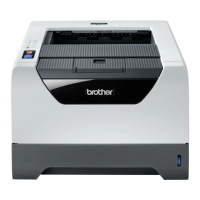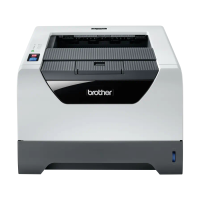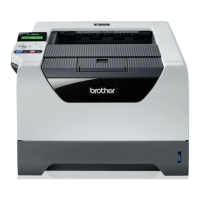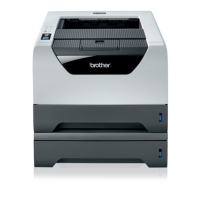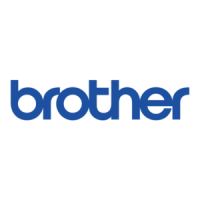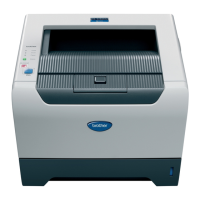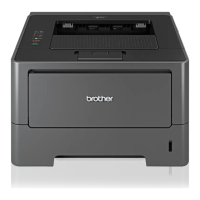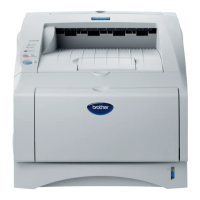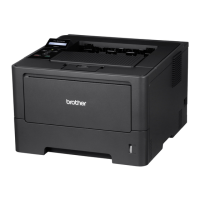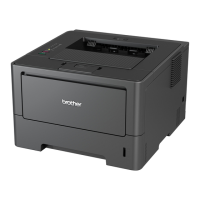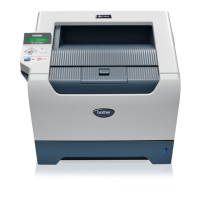vi
Perforation skip A feature whereby the printer automatically compensates for a page break and
resumes printing from the top of the text area on the next page.
Permanent font A downloaded font that is retained when a printer reset is performed.
Permanent macro A macro stored in the printer that will not be erased if the printer is reset.
Physical page The paper or envelope on which the printer prints.
Picture frame The area of the physical page in which HP-GL and HP-GL/2 graphic images can be
printed.
Pitch The number of characters in one inch of text. Only applicable to monospaced
(fixed pitch fonts.)
Plot A drawing produced using the HP-GL and HP-GL/2 graphics language. So called
because the language was originally invented for use with plotters.
Plotter units See graphics units.
Point The standard unit of measurement for character height. Equal to 1/72".
Point factor scaling A form of image scaling using the SC command in HP-GL or HP-GL/2 mode in
which the user units and the location of the scaling point P1 are specified in terms
of graphics units.
Point size See height.
Polygon A shape consisting of one or more closed groups of connected lines.
Polygon buffer An area of printer memory in which you can store one or more polygons and sub-
polygons defined using HP-GL and HP-GL/2 commands. Some HP-GL and HP-
GL/2 commands use the polygon buffer automatically.
Portrait The orientation in which the side edges of the page are longer than the top edge.
Posture A component of a font's style - whether it is upright or italic.
Primary font In LaserJet mode the printer maintains two current font settings. The primary font
is the first of these.
Print model A way of describing the interaction between different graphic elements ( source
image, pattern and destination image ).
Printable area The area of the page on which the printer can print.
Print position The position from which printing of the next character or graphic object will begin,
providing that no operations that change the print position are performed in the
interim.
Proportional spacing Fonts intended for high quality typographic output use a method of character
spacing in which the space occupied by a single character on a line of text depends
on the individual design of the character. This is known as proportional spacing.
Scalable fonts are almost invariably proportionally spaced.
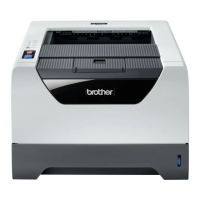
